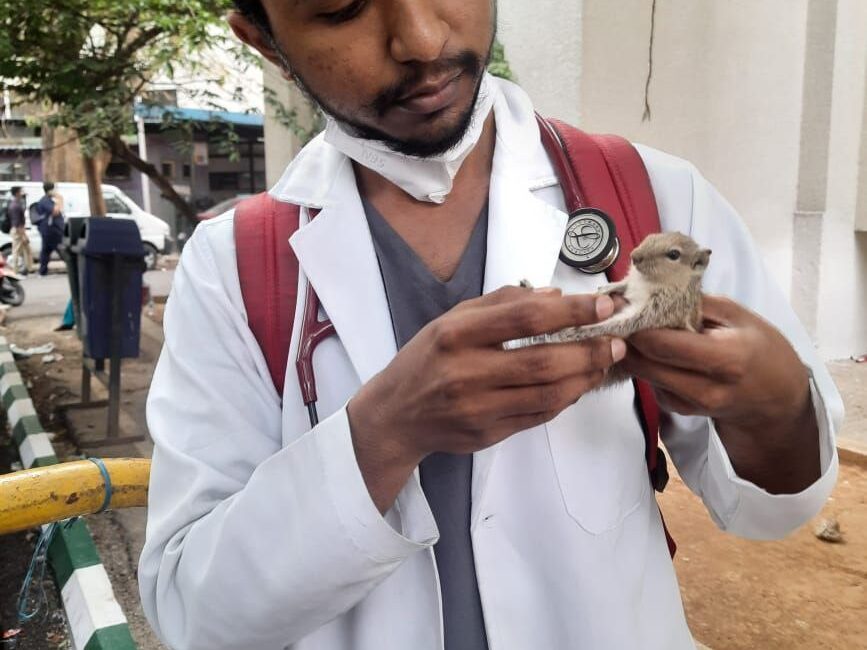
Frequently Asked Questions
1. What is the scientific name of the Indian Palm Squirrel?
– Funambulus pennantii
2. What is the average lifespan of an Indian Palm Squirrel?
– 5-7 years in the wild, up to 10 years in captivity
3. What is the typical diet of an Indian Palm Squirrel?
– Omnivorous, including fruits, nuts, seeds, insects, and small vertebrates
4. Where are Indian Palm Squirrels commonly found?
– Native to India and Sri Lanka, also introduced to other parts of Asia and the Middle East
5. What is unique about the Indian Palm Squirrel’s behavior?
– Known for their agility and ability to climb palm trees, also skilled at hiding and storing food
6. Are Indian Palm Squirrels social animals?
– Generally solitary, but may be seen in pairs or small groups during mating season
7. How do Indian Palm Squirrels communicate?
– Use a variety of calls, including chirps, squeaks, and whistles, as well as body language
8. What are the main predators of Indian Palm Squirrels?
– Snakes, birds of prey, and larger mammals like cats and monkeys Here are some FAQs about Indian Palm Squirrels:
1. What is the scientific name of the Indian Palm Squirrel?
– Funambulus pennantii
2. What is the average lifespan of an Indian Palm Squirrel?
– 5-7 years in the wild, up to 10 years in captivity
3. What is the typical diet of an Indian Palm Squirrel?
– Omnivorous, including fruits, nuts, seeds, insects, and small vertebrates
4. Where are Indian Palm Squirrels commonly found?
– Native to India and Sri Lanka, also introduced to other parts of Asia and the Middle East
5. What is unique about the Indian Palm Squirrel’s behavior?
– Known for their agility and ability to climb palm trees, also skilled at hiding and storing food
6. Are Indian Palm Squirrels social animals?
– Generally solitary, but may be seen in pairs or small groups during mating season
7. How do Indian Palm Squirrels communicate?
– Use a variety of calls, including chirps, squeaks, and whistles, as well as body language
8. What are the main predators of Indian Palm Squirrels?
– Snakes, birds of prey, and larger mammals like cats and monkeys
9. Do Indian Palm Squirrels hibernate?
– No, they do not truly hibernate, but may experience a period of dormancy during extreme weather conditions.
10. How do Indian Palm Squirrels adapt to urban environments?
– They are highly adaptable and can thrive in urban areas, often exploiting human resources like food and shelter.
12. Can Indian Palm Squirrels be kept as pets?
– Not recommended, as they have complex social and spatial needs that are difficult to replicate in captivity.
13. Are Indian Palm Squirrels considered a pest species?
– In some areas, they are viewed as pests due to their ability to damage crops and property.
14. How do Indian Palm Squirrels contribute to ecosystem health?
– They play a role in seed dispersal and forest regeneration, and serve as an important food source for predators.
15. What are some conservation concerns for Indian Palm Squirrels?
– Habitat loss, fragmentation, and degradation, as well as competition with invasive species.
16. Can Indian Palm Squirrels swim?
– Yes, they are capable swimmers and have been known to swim short distances to escape danger or find food.
